Clean clothes become a precious commodity when you’re three months into a backpacking adventure or managing a wardrobe from a single suitcase during extended business travel. Hotel laundry services cost more than some people’s daily travel budgets, and finding reliable laundromats in foreign countries often requires detective work that cuts into sightseeing time.
Smart travelers develop systems that keep them looking presentable without breaking their budgets or spending vacation days hunting for washing machines. Here’s a list of 17 laundry hacks that help extended travelers maintain clean clothes without the traditional costs and complications.
The Dry Bag Washing Machine Method
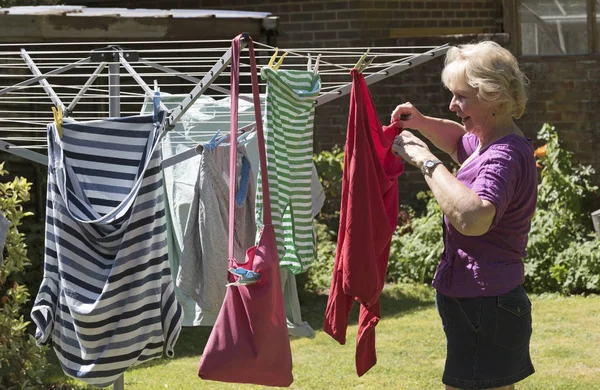
A waterproof dry bag transforms into a portable washing machine that works anywhere you have access to water and soap. Fill the bag one-third with warm water, add a small amount of biodegradable soap and your clothes, then seal and agitate vigorously for several minutes.
The churning action replicates machine washing while using minimal water and space. This method works particularly well for underwear, socks, and lightweight shirts that don’t require heavy-duty cleaning. Many outdoor gear stores sell dry bags specifically designed for this purpose, though any waterproof bag with a reliable seal will work effectively.
Strategic Fabric Selection Before Departure

Choosing travel clothes made from merino wool, synthetic blends, or quick-dry materials dramatically reduces washing frequency and drying time. Merino wool naturally resists odors and can be worn multiple days without washing, while synthetic fabrics designed for athletic wear wick moisture and dry within hours.
Cotton may feel comfortable at home, but it holds moisture, takes forever to dry, and requires frequent washing during extended travel. Dark colors hide stains better than light fabrics, and patterns disguise wrinkles and minor dirt better than solid colors, extending the time between necessary washes.
Like Travel Pug’s content? Follow us on MSN.
The Plunger and Bucket System
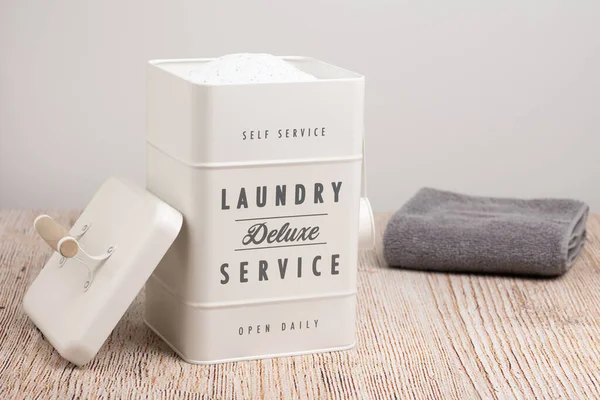
A clean plunger and large bucket create an efficient manual washing system that handles larger loads than dry bag methods. The plunging action forces water and soap through fabric fibers more effectively than handwashing, removing dirt and sweat that simple agitation can’t tackle.
This setup works well in accommodations with balconies or outdoor spaces where you can work without flooding bathroom floors. Many experienced travelers pack a small, lightweight plunger specifically for laundry purposes, though you can often find suitable plungers at local hardware stores for temporary use.
Maximizing Hotel Bathroom Resources

Hotel bathrooms offer underutilized laundry resources beyond basic hand-washing in the sink. The shower provides excellent space for hanging clothes to dry, with built-in ventilation that speeds the process.
Bathroom towel warmers double as drying racks for delicate items, while hairdryers can quickly finish drying clothes that are almost ready. Many hotel bathrooms have retractable clotheslines above bathtubs, though you can create temporary lines using paracord or elastic bungee cords between towel bars and shower fixtures.
The Salad Spinner Spin Cycle

Portable salad spinners excel at removing excess water from hand-washed clothes, dramatically reducing drying time and preventing dripping. This technique works especially well for underwear, socks, and other small items that can fit inside the spinner basket.
The centrifugal force extracts water more effectively than wringing or squeezing, which can damage delicate fabrics. Some travelers pack collapsible salad spinners specifically for laundry purposes, though you can often find inexpensive spinners at local kitchen supply stores during extended stays.
Like Travel Pug’s content? Follow us on MSN.
Leveraging Airbnb and Hostel Amenities

Accommodations with kitchen access often include amenities that work double-duty for laundry purposes. Large pots can serve as washing basins for bigger items, while colanders help rinse clothes thoroughly.
Dish drying racks provide excellent clothes drying space, and kitchen timers help you track soaking and agitation times for optimal cleaning. Many hostels have communal kitchens where you can set up temporary laundry operations during off-peak hours when other guests aren’t cooking.
The Freezer Odor Elimination Trick
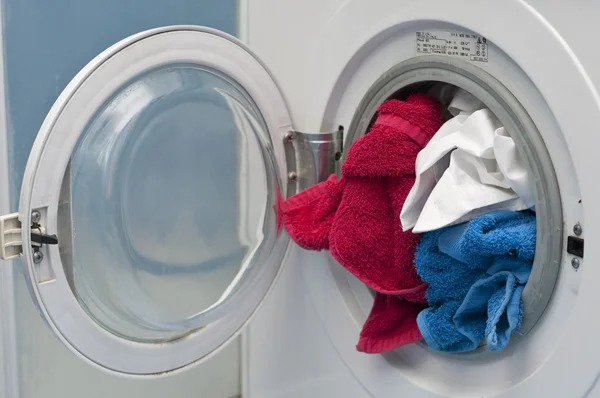
Freezing clothes overnight kills odor-causing bacteria without requiring water or soap, extending the time between necessary washes. This technique works particularly well for jeans, jackets, and other items that don’t touch the skin directly but pick up environmental odors from restaurants, bars, or urban pollution.
Seal items in plastic bags before freezing to prevent moisture damage, and allow them to return to room temperature gradually to avoid condensation. Many accommodations have freezer space available, and this method requires no special equipment or supplies.
Soap Selection and Quantity Management
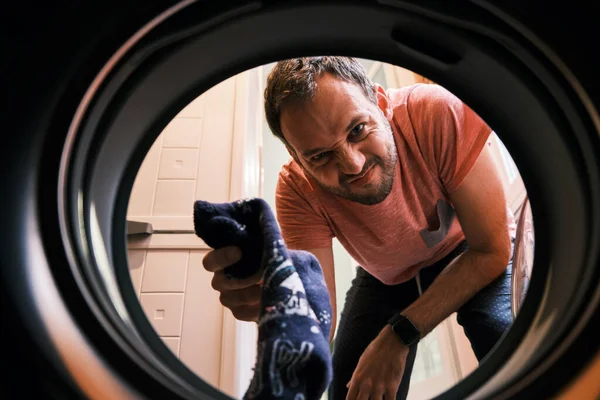
Concentrated, biodegradable soaps like Dr. Bronner’s or travel-specific laundry detergents provide maximum cleaning power while minimizing luggage space and environmental impact. A single small bottle can last months with proper usage, and these soaps work effectively in both hot and cold water conditions.
Avoid using regular shampoo or body wash for laundry, as these products often contain moisturizers that can leave residue on clothes. Solid soap bars take up less space than liquids and won’t spill in your luggage, though they require more effort to dissolve properly.
Like Travel Pug’s content? Follow us on MSN.
Creating Efficient Drying Systems

Proper drying techniques prevent mildew and reduce the time clothes spend hanging in your living space. Space items evenly on improvised lines to allow air circulation, and flip or rotate clothes every few hours to ensure even drying.
Clothes dry faster when hung in single layers rather than folded over lines, even though this requires more hanging space. Positioning fans or opening windows creates air movement that dramatically speeds drying while avoiding direct sunlight, preventing fading and fabric damage on delicate items.
The Sock and Underwear Daily Wash Routine

Washing undergarments daily while wearing them in the shower eliminates the buildup of dirty clothes while requiring minimal extra time or effort. Use body wash or shampoo as soap, scrub thoroughly, then hang items to dry overnight in bathroom ventilation.
This routine ensures you always have clean undergarments available while preventing the accumulation of laundry that requires dedicated washing sessions. Pack enough underwear and socks for three days minimum, allowing one day to wear, one day to dry, and one day as backup.
Laundromat Reconnaissance and Timing
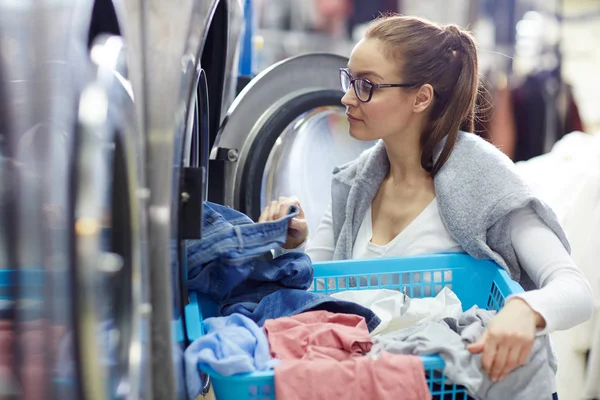
Research laundromat locations, operating hours, and payment methods before your clothes reach crisis levels to avoid emergencies that limit your options. Many laundromats in tourist areas charge premium prices, while neighborhood locations offer better rates and less crowded conditions.
Visit during off-peak hours, like mid-morning on weekdays, to avoid competition for machines and reduce waiting times. Bring your detergent to avoid overpriced vending machine products, and carry proper change or payment cards that local machines accept.
Like Travel Pug’s content? Follow us on MSN.
The Roll and Pack Drying Method

Rolling wet clothes in absorbent towels removes significant moisture quickly, while proper packing techniques maximize drying space in small accommodations. Place damp items between dry towels, roll tightly, then walk or stand on the bundle to squeeze out excess water.
This compression method works faster than wringing and doesn’t damage fabric fibers. After compression, unroll and hang items with maximum surface area exposed to air circulation for the fastest drying results.
Temperature and Water Quality Considerations
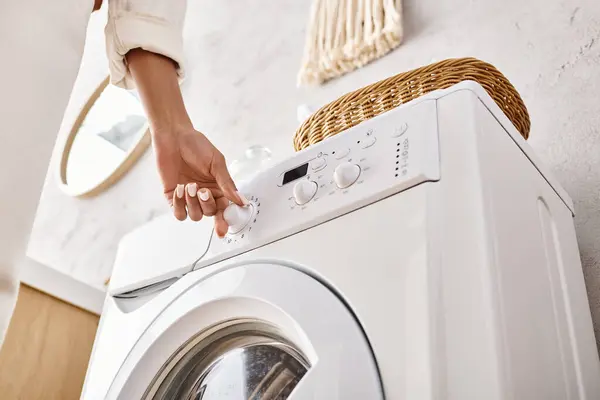
Hot water cleans more effectively than cold water, but isn’t always available or safe for delicate fabrics during handwashing. Cold water washing requires longer soaking times but prevents shrinking and color bleeding that can ruin clothes far from replacement sources.
Test local water quality, as hard water requires more soap for effective cleaning, while soft water can leave soap residue if you use too much detergent. Adjust your cleaning approach based on local conditions rather than assuming home techniques will work everywhere.
Multi-Purpose Item Selection
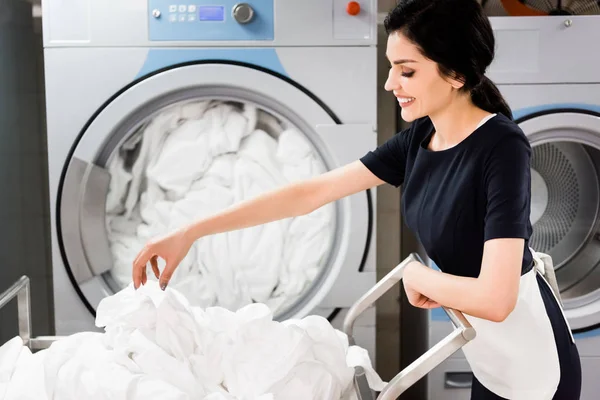
Choose travel items that serve laundry functions alongside their primary purposes to maximize luggage space efficiency. Sarongs work as towels, blankets, privacy screens, and clothes drying lines. Carabiners and paracords create instant clotheslines anywhere you can find anchor points.
Empty water bottles with holes punched in the caps become effective rinsing tools for thorough cleaning. This approach reduces the gear you need to carry while ensuring you have laundry solutions available in any accommodation type.
Like Travel Pug’s content? Follow us on MSN.
Stain Treatment and Prevention Strategies
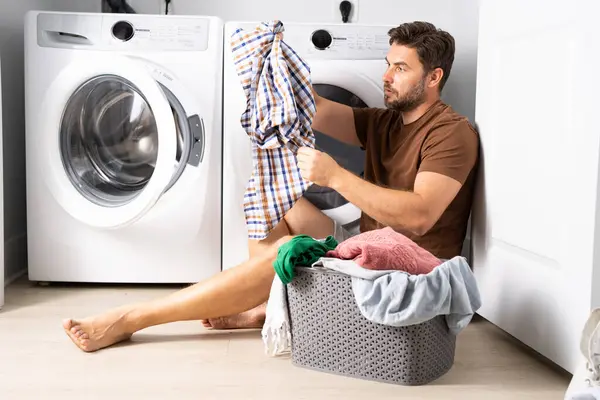
Address stains immediately with cold water and soap before they are set permanently, as dried stains become nearly impossible to remove without commercial cleaning products. Carry a small stain removal pen or powder for emergency treatment of stubborn spots that could ruin expensive travel clothes.
Prevention works better than treatment—wear aprons or bibs when eating messy foods and layer clothes to protect expensive items from sweat and spills. Dark colors and patterns hide minor stains better than light fabrics, reducing the urgency of immediate treatment.
Local Resource Integration

Research local laundry customs and services that might offer better deals than tourist-oriented businesses, such as neighborhood wash-and-fold services or communal washing areas in developing countries. Many cultures have traditional cleaning methods that work better than Western techniques for local conditions and water types.
Local markets often sell effective, inexpensive cleaning products that outperform expensive imported brands while supporting local economies. Learning basic laundry vocabulary in local languages helps you navigate services and purchase supplies more effectively.
Weather and Climate Adaptation
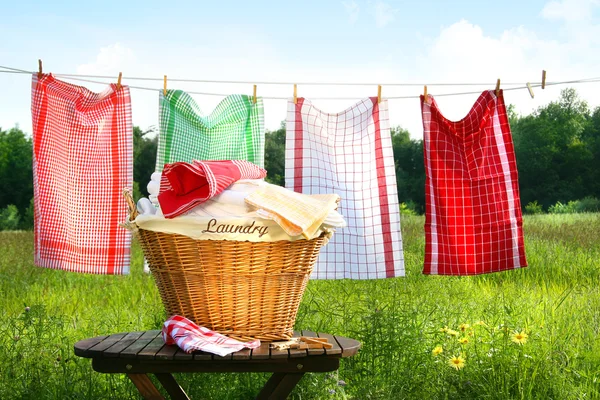
Tropical climates require daily washing due to constant sweating, while dry climates allow clothes to be worn longer but create static and dust accumulation that requires different cleaning approaches. Humid environments slow drying dramatically, requiring planning for longer drying times and backup clothing options.
Cold climates allow outdoor freeze-drying but require indoor drying space that doesn’t create moisture problems in heated accommodations. Adjust your laundry schedule and techniques based on seasonal weather patterns rather than maintaining home routines regardless of conditions.
Like Travel Pug’s content? Follow us on MSN.
The Long Game Strategy
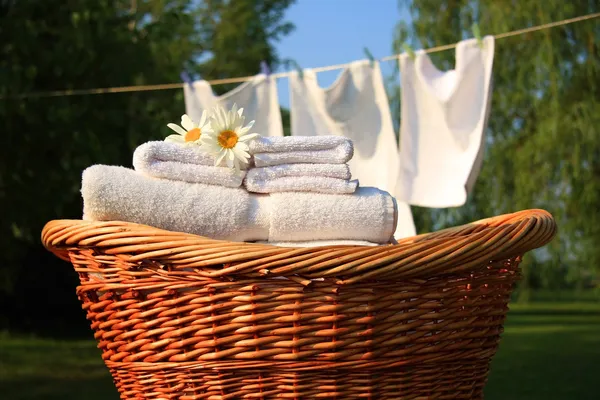
Extended travel laundry management succeeds through consistent daily habits rather than periodic intensive washing sessions that overwhelm small spaces and limited resources. Developing sustainable routines prevents the accumulation of dirty clothes that require expensive commercial services or dedicating entire days to laundry tasks.
Smart travelers view clothing maintenance as an integral part of the travel experience rather than an inconvenience, incorporating efficient washing techniques into their daily routines. This approach maintains personal comfort and professional appearance while preserving budget resources for experiences rather than services you can provide yourself with proper planning and techniques.
More from Travel Pug

- 20 Best Beach Towns in the Carolinas
- 13 Destinations Where Tourists Regularly Regret Their Trip
- 20 Things You Actually Get in First Class
- 20 Small Airports With Aviation Museums
- 20 Places in the U.S. That Are Perfect for a Reset Trip
Like Travel Pug’s content? Follow us on MSN.
